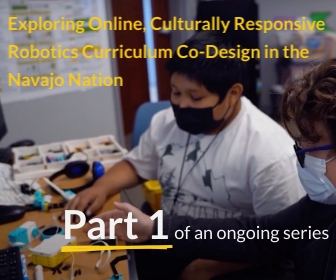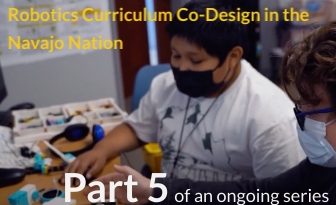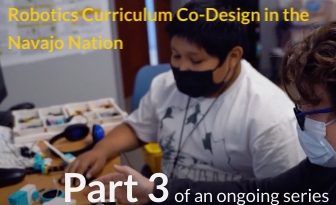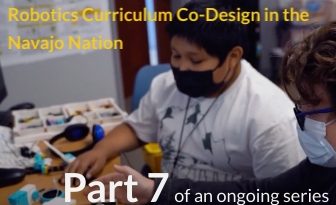Part 1: Navajo Introductions
This is part of a series that chronicles the ongoing collaboration between Tufts CEEO and Little Singer Community School in the Navajo Nation. Click here to view the whole series.
TL;DR: When gearing up to co-develop robotics projects in a new cultural setting, having a strong foundation in project development is only one piece of the puzzle. You’ll need to do the work of learning as much as you can about the culture in which you’re working, and develop a dynamic team of educators who support each other and bring a range skills into the mix.
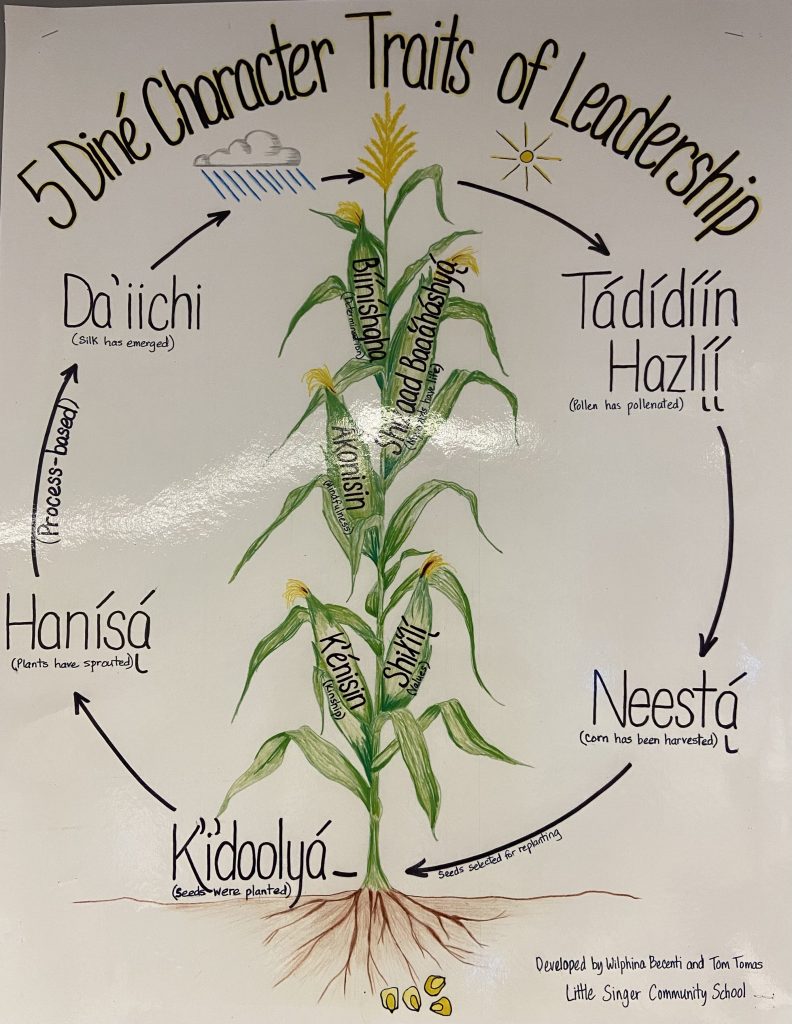
Hello! My mother’s mother’s family name is Beach. My mother’s father’s family name is Sanford. My father’s mother’s family name is Klutcher, and my father’s father’s family name is Earnhart. My name is Alison Earnhart, and in April I was given a fantastic opportunity to collaborate with a 6th grade class at Little Singer Community School in the Navajo Nation, just outside Winslow, Arizona. My bold mission? To playfully explore the many aspects of what it takes to co-design and co-teach a quality robotics curriculum that is not only responsive and relevant to a culture that was very different from my own, but also to do the whole thing remotely via Zoom calls!
Through a series of Six Degrees of Kevin Bacon-style networking, I was put in touch with Mr. Tom Thomas and his group of amazing students at Little Singer. One of the first things he taught me was how to properly introduce myself to the students in the traditional Navajo way — to name your four clans in a matriarchal order.
Tom also took the time to give me a crash course in various Navajo cultural and educational tenets, such as the Diné Engineering Process, the Five Diné Character Traits of Leadership, the Navajo Foundations of Education, and the Seven Principles of Indigenous Permaculture. I knew that if I wanted this endeavor to be successful, I’d have to do the work of really studying this stuff, understanding it, and internalizing it. Luckily, Tom is one of the hardest working and genuinely gifted educators I’ve ever met, and he provided me with stellar explanations and resources.
Also along for the ride was my colleague Bill Church, a close friend of Tufts CEEO and master science and engineering educator who heads White Mountain Science Inc. in New Hampshire. Bill brought so much to the table — his vast knowledge of applying robotics to explorations of physical science, his talents in video production and creating engaging visual content for students, and his sheer enthusiasm for learning and whimsy in the classroom. Working with Tom and Bill in a class was a particularly joyful experience very similar to an improv scene. The three of us were able to follow each others’ leads, riff on each others’ ideas, and almost finish each others’ sentences at times. I’m deeply appreciative of the opportunity to work with them in such a fun and exploratory environment.
And speaking of being appreciative, I’d be remiss if I didn’t also tip my hat to the team of Tufts undergraduates who collaborated with us as teaching assistants. Having one or two knowledgeable and enthusiastic engineering undergrads along for the ride made so many aspects of our work so much easier and enjoyable. I’ll further explain the role of the undergrads in a later post.
The time between learning I would be embarking on this adventure and actually beginning to work with Tom and his students was very short, but luckily I had a lot of project ideas and curriculum to fall back on. As soon as the pandemic hit last year, I began teaching online workshops with SPIKE Prime for Tufts CEEO outreach programs and had been running them monthly ever since. This gave me a lot of opportunity to not only hone my online teaching methods, but also to rack up a catalog of building and coding challenges I either developed myself or used from the CEEO’s library of projects.
But even with all this experience behind me, I knew that this project would be different because it wasn’t about me just showing up and delivering a bunch of content I’d already decided was good. I needed to listen hard to what Tom and his school wanted. I needed to work directly alongside him and his students to co-develop content that actually met their specific learning goals and needs, and worked within their unique educational and cultural framework. Their big focus was on Engineering generally, and studying Newton’s Three Laws of Motion specifically. This was going to require a lot of effort and thought.

